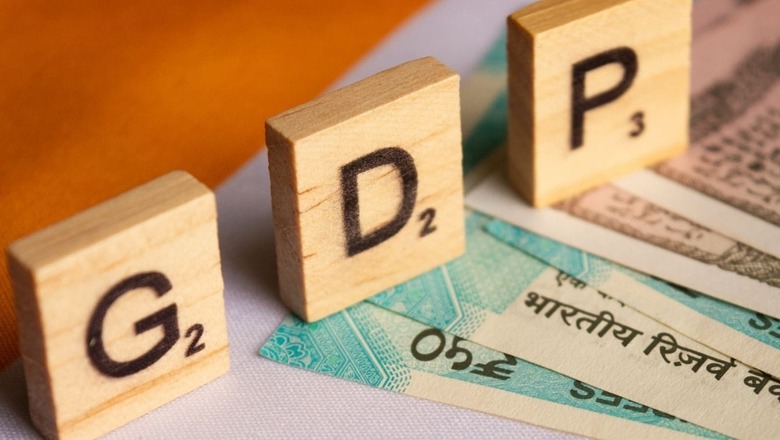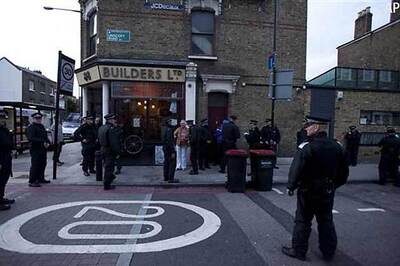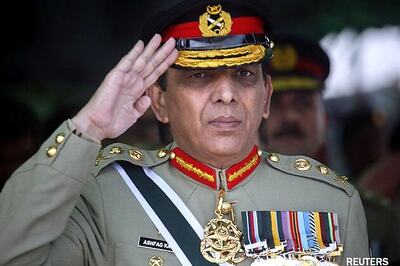
views
India’s Q2 GDP Growth: India’s gross domestic product (GDP) grew 6.3 per cent in the September 2022 quarter (Q2FY23) as compared with 8.4 per cent in the corresponding quarter last year, according to the official data released on Wednesday. The Indian economy had grown 13.5 per cent in the June 2022 quarter (Q1FY23).
The RBI’s Monetary Policy Committee had also expected GDP to grow 6.3 per cent during July-September 2022.
“Real GDP or GDP at Constant (2011-12) Prices in Q2 2022-23 is estimated at Rs 38.17 lakh crore, as against Rs 35.89 lakh crore in Q2 2021-22, showing a growth of 6.3 per cent as compared to 8.4 per cent in Q2 2021-22,” according to an official statement.
According to the latest data released by the National Statistical Office (NSO), during July-September 2022, the country’s gross value added (GVA), which is GDP minus net product taxes and reflects growth in supply, grew 5.6 per cent, against 8.3 per cent a year ago.
The agriculture GVA during the second quarter of the current financial year 2022-23 jumped 4.6 per cent, higher as compared with 3.2 per cent in Q2FY22.
India’s manufacturing GVA during July-September 2022 saw a contraction of 4.3 per cent, against a growth of 5.6 per cent in the year-ago period.
During Q2FY23, the country’s trade, hotels, transport, communication and services related to broadcasting registered a growth of 14.7 per cent, higher as compared with 9.6 per cent a year ago.
GDP growth in nominal terms, which factors in inflation, also slowed to 16.2 per cent in the July-September 2022 quarter, compared with 19 per cent a year ago. “Nominal GDP or GDP at Current Prices in Q2 2022-23 is estimated at Rs 65.31 lakh crore, as against Rs 56.20 lakh crore in Q2 2021-22, showing a growth of 16.2 per cent as compared to 19.0 per cent in Q2 2021-22.”
India’s gross fixed capital formation (GFCF), which is an indicator of investment activity in the country, rose 10.37 per cent during the September 2022 quarter to Rs 13.21 lakh crore, higher as compared with Rs 11.97 lakh crore a year ago. GFCF’s share in GDP has increased to 34.6 per cent, against 33.4 per cent a year ago.
During Q2FY23, private final consumption expenditure (PFCE) registered growth of 9.74 per cent year-on-year to Rs 22.29 lakh crore, whereas government final consumption expenditure (GFCE) fell 4.35 per cent to Rs 3.35 lakh crore over Q2FY22. While PFCE’s share in India’s overall GDP in Q2FY23 increased to 58.4 per cent from 56.6 per cent a year ago, GFCE’s share has declined from 9.8 per cent to 8.8 per cent during the period.
Suvodeep Rakshit, chief economist of Kotak Institutional Equities, said,
“GDP growth at 6.3 per cent in 2QFY23 was in line with our expectation of 6.2%. However, GVA growth was slightly lower than expected at 5.6 per cent. The internals indicate a substantially weak growth in the industrials sector led by manufacturing while services sector growth has been steady given the recovery in contact-based services. We expect the same trend to continue into 2HFY23. We remain cautious on India’s growth prospects as the global demand risks slowing down and lagged impact of domestic monetary policy actions. GDP growth in FY2023 is likely to be in the range of 6.5-6.8 per cent.”
Aditi Nayar, chief economist of ICRA, said, “While a normalising base expectedly flattened the YoY GDP growth in Q2 FY2023 relative to the previous quarter, growth relative to the pre-covid period improved appreciably, which we believe is a better gauge of the underlying growth momentum in this period.”
She added that the Q2 FY2023 GDP growth of 6.3 per cent came in similar to the estimate, even as the GVA rise of 5.6 per cent trailed ICRA’s forecast (6.3 per cent) by a wide margin, led by an unexpected contraction in manufacturing that seems to reflect the impact of high input prices on margins in certain sectors.
Read all the Latest Business News here
















Comments
0 comment